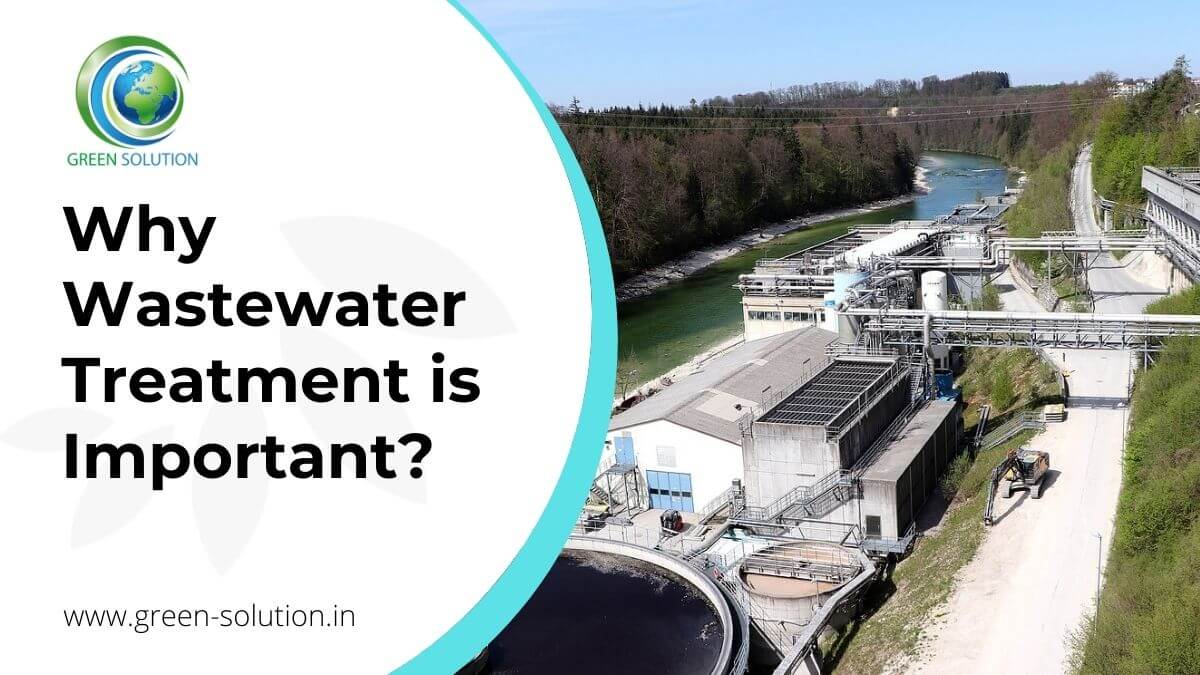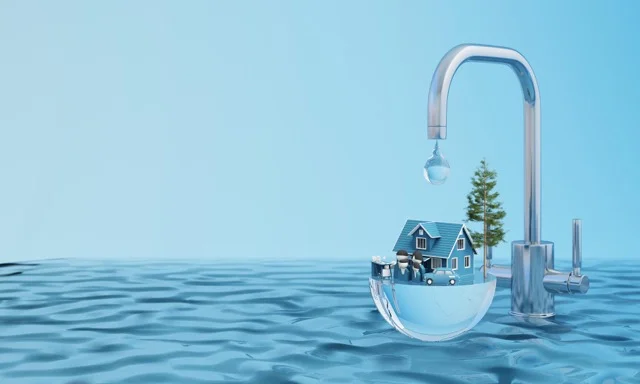The 3-Minute Rule for Reclaim Waste
Table of ContentsThe Best Guide To Reclaim WasteNot known Facts About Reclaim WasteEverything about Reclaim WasteThe Best Guide To Reclaim WasteRumored Buzz on Reclaim Waste
Domestic sewage waste refers to the waste and items from a property septic tank. The correct monitoring and disposal of residential sewer waste call for fluid waste to be transferred to a sewer treatment plant where the correct methods and equipment are used to detoxify and dispose of waste.
Industrial waste typically includes possible threats, such as flammable products or a combination of fluid and solid waste items, and needs an advanced and comprehensive disposal process. The disposal of commercial waste usually entails the purification of waste before transport to make certain safe and proper disposal. Hazardous waste is developed from results and drainage of industrial processes and production.
This kind of waste can not make use of the very same sewer monitoring transport or procedures as septic or commercial fluids. The hazardous waste monitoring process requires the assessment and testing of liquid waste before it undertakes the disposal process (liquid waste removal melbourne). Overflow waste is the fluid waste that comes from drainage and excess stormwater in very populated areas or cities
Drainage waste can trigger contamination and flooding otherwise managed properly. Find out more regarding sewage system cleansing and waste monitoring. Making certain correct waste administration can stop catastrophes and reduce environmental injury. Both people in property setups and experts in commercial or manufacturing sectors can benefit from understanding the processes and laws of fluid waste administration.
Excitement About Reclaim Waste
Get in touch with PROS Services today to learn more about our waste monitoring and disposal services and the appropriate means to take care of the liquid waste you generate.
This supposed 'wastewater' is not only a crucial source however, after therapy, will be launched to our land, rivers or the ocean. Utilized water from commodes, showers, baths, kitchen sinks, laundries and commercial procedures is known as wastewater.

water made use of to cool equipment or tidy plant and equipment). Stormwater, a kind of wastewater, is runoff that streams from farming and urban areas such as roofs, parks, yards, roadways, paths and rain gutters right into stormwater drains, after rainfall. Stormwater flows unattended directly to regional creeks or rivers, ultimately reaching the ocean.
How Reclaim Waste can Save You Time, Stress, and Money.
In Queensland, a lot of wastewater is dealt with at sewer therapy plants. Wastewater is moved from domestic or commercial websites via a system of sewage systems and pump terminals, called sewage reticulation, to a sewer therapy plant. Regional governments develop, preserve and operate most sewage therapy plants. Operators are accredited under the Environmental Management Act 1994 to release treated wastewater at an acceptable environmental standard right into rivers.
The Department of Natural Resources recommends city governments about handling, operating and preserving sewerage systems and therapy plants. In unsewered locations, regional governments might need householders to mount specific or home sewage therapy systems to treat residential wastewater from bathrooms, kitchen areas, restrooms and washings. The Department of Natural Resources authorises making use of home systems when they are proven to be reliable.
A lot of stormwater receives no therapy. In some new subdivisions, therapy of some stormwater to remove clutter, sand and gravel has actually begun making use of gross contaminant traps. Wastewater therapy occurs in four stages: Eliminates solid matter. Larger solids, such as plastics and other items wrongly released to sewers, are eliminated when wastewater is travelled through displays.
Wastewater after that moves into huge tanks where solids work out and are gotten rid of as sludge. Grease and scum next are skimmed from the surface area. Uses small living microorganisms knows as micro-organisms to break down and eliminate continuing to be dissolved wastes and fine fragments. Micro-organisms and wastes are included in the sludge. Removes nitrogen and phosphorus nutrients that might trigger algal blossoms in our waterways and endanger water life.
Little Known Facts About Reclaim Waste.
Nutrient elimination is not offered at all sewage therapy plants since it needs expensive specialised tools. Clear liquid effluent produced after therapy might still include disease-causing micro-organisms - liquid waste disposal.

This generally indicates wastewater has to be dealt with or pollutants removed prior to it can be discharged to rivers. A lot of wastewater flows right into the sewerage system. Under the Act, neighborhood federal governments carry out approvals and permits for ecologically relevant tasks (ERAs) including wastewater releases that could have a local effect. The department carries out approvals and permits to ERAs including wastewater releases that may have a local or statewide influence.
All about Reclaim Waste
Tracking supplies accurate information about water quality and can confirm that licence conditions are being met. The information obtained through surveillance provides the basis for making water top quality choices.
Comments on “The Reclaim Waste PDFs”